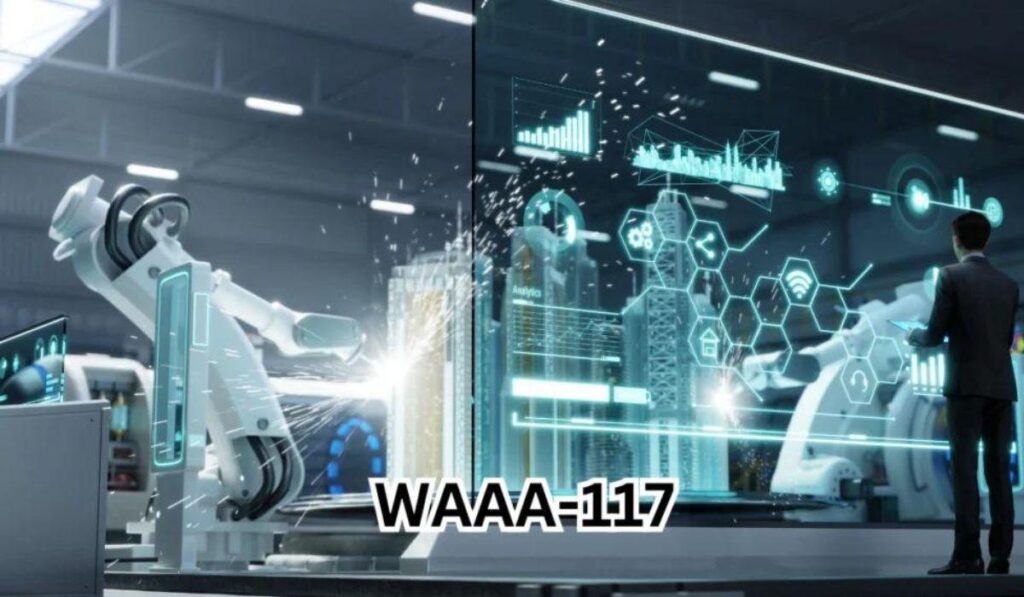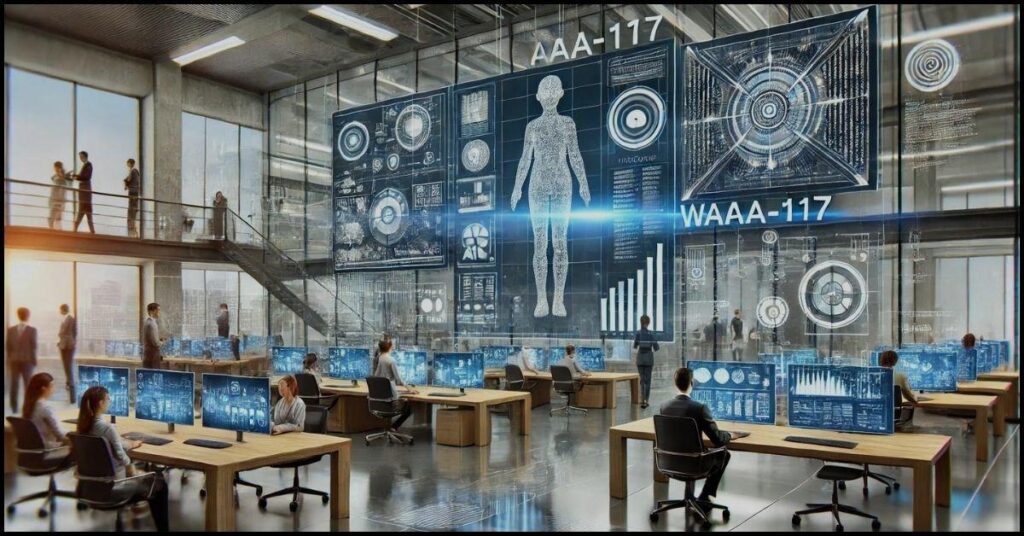
Introduction
WAAA-117 is a pivotal framework that has garnered attention across various industries due to its transformative potential. With its roots in cutting-edge technology and a user-centric design, WAAA-117 has established itself as a critical player in driving innovation, improving efficiency, and fostering collaboration. This article explores the origins, applications, implications, challenges, and future prospects of WAAA-117, providing a thorough understanding of its significance in today’s society.
Origins and Development
WAAA-117 was conceptualized in the early 2000s amid a burgeoning interest in enhancing operational efficiencies across sectors. The framework emerged from a need to address complex challenges in technology, management, and communication. A collaborative effort among engineers, data scientists, and industry experts resulted in a versatile solution designed to adapt to various needs.
Initial Goals
The primary goals behind the creation of WAAA-117 included:
Enhancing Efficiency: Streamlining processes to save time and resources.
Fostering Innovation: Encouraging creative solutions to industry-specific challenges.
Promoting Interoperability: Ensuring seamless integration with existing systems.
Technical Specifications
It is defined by a set of technical specifications that highlight its functionality and versatility. Key features include:
Modularity: The framework allows for components to be added or removed based on specific needs, making it adaptable to various use cases.
Interoperability: WAAA-117 is designed to work in harmony with other systems, ensuring organizations can leverage their existing technologies while incorporating new solutions.
Scalability: Organizations can scale their use of WAAA-117 without compromising performance, accommodating growth in demand.
User-Centric Design: The interface and functionalities are designed with the end user in mind, making it accessible to individuals with varying levels of expertise.
Applications

WAAA-117’s applications are broad and impactful across multiple sectors. Here are some of the most notable areas:
1. Technology
In the technology sector, it has become a cornerstone for software development and data management. Its modular design allows for rapid prototyping and deployment, facilitating agile methodologies that are essential in today’s fast-paced environment. Companies leveraging WAAA-117 report significant reductions in project timelines and costs, making it a preferred solution for startups and established businesses alike.
2. Education
Educational institutions have adopted it to create dynamic learning environments. The framework allows educators to design customized curricula that cater to diverse student needs. Through WAAA-117, educators can create interactive modules, manage assessments effectively, and foster collaboration among students, enhancing the overall educational experience.
3. Healthcare
It has had a transformative effect on healthcare, particularly in patient management systems. By enabling real-time data tracking and analysis, healthcare providers can offer better patient care and improve operational efficiencies. The framework supports telemedicine applications, allowing for remote consultations and monitoring, which has become increasingly important in modern healthcare.
4. Finance
The finance sector has also seen the integration of WAAA-117, particularly in areas like risk management and data analysis. Financial institutions utilize WAAA-117 to enhance data security, streamline compliance processes, and perform real-time analytics, enabling them to make informed decisions quickly.
Economic Implications
The economic impact of it extends beyond individual organizations, influencing broader economic dynamics.
Job Creation
While the rise of automation often raises concerns about job displacement, the adoption of WAAA-117 has been associated with job creation. As companies adopt this framework, new roles focused on managing, optimizing, and developing it applications emerge, increasing the demand for skilled professionals.
Competitive Advantage
Organizations that integrate WAAA-117 into their operations gain a competitive edge. By improving efficiency and fostering innovation, these businesses can adapt to market changes swiftly, positioning themselves favorably against competitors.
Economic Growth
The increased efficiency and productivity associated with it contribute to overall economic growth. As more businesses implement the framework, the ripple effect can enhance job creation, innovation, and consumer spending.
Cultural Impact
Beyond economic implications, it has influenced cultural dynamics within organizations and communities.
Collaboration and Creativity
It fosters a culture of collaboration, encouraging teams to share ideas and work together on projects. This shift promotes diversity of thought and enhances creativity, particularly in creative industries where collaboration is key to innovation.
Global Connectivity
The framework facilitates global collaboration, enabling teams from various geographical locations to work seamlessly together. This interconnectedness not only promotes cultural exchange but also enriches the collaborative process, leading to more innovative solutions.
Challenges and Criticisms

Despite its numerous advantages, it faces several challenges and criticisms.
Data Privacy and Security
One of the primary concerns surrounding it is data privacy and security. As organizations increasingly rely on WAAA-117 for sensitive data, robust security measures and compliance with regulations become paramount. The risk of data breaches can pose significant threats to both organizations and individuals.
Dependence on Technology
Another challenge is the growing dependence on technology. As organizations rely heavily on it, there is a risk of diminished human oversight, which could lead to issues in decision-making processes. Ensuring a balance between technology and human input is essential for maintaining effective governance.
Adaptation and Training
The transition to it often requires significant investment in training and adaptation. Organizations must ensure their employees are equipped with the necessary skills to utilize the framework effectively, which can be a barrier, especially for smaller companies with limited resources.
Future Prospects

The future of it appears promising, with ongoing research and development likely to enhance its capabilities.
Integration with Emerging Technologies
Future iterations of it may see integration with emerging technologies like artificial intelligence (AI) and machine learning (ML). This integration could further enhance its functionalities, allowing organizations to leverage advanced analytics and automation for improved decision-making.
Sustainability Initiatives
As global attention increasingly focuses on sustainability, it has the potential to play a vital role in promoting sustainable practices. Its efficiency can contribute to resource optimization and waste reduction, aligning with environmental goals.
Community Engagement
Future developments of it may also emphasize community engagement. Organizations might leverage the framework to foster community-driven initiatives, enhancing their corporate social responsibility efforts and promoting social impact.
Conclusion
It represents a transformative force in various sectors, providing solutions that enhance efficiency, foster innovation, and promote collaboration. While challenges remain, the potential benefits far outweigh the drawbacks. As we look to the future, embracing it can lead to a more interconnected, innovative, and sustainable world.
The continued evolution of this framework is poised to shape the landscape of technology, culture, and the economy for years to come. With a focus on adaptability, user experience, and global collaboration, it stands ready to navigate the complexities of an increasingly digital society. Its influence will likely extend beyond traditional boundaries, fostering a culture of innovation that transcends sectors and geographical locations. As organizations and communities embrace it, the future holds the promise of enhanced collaboration, creativity, and positive societal change.


